Часовниковата кула - Свищов
Един от символите на крайдунавския Свищов – Часовниковата кула, краси центъра му вече близо три столетия.
The town – a symbol of heroism
The town is best known for its heroic battles for the Liberation of Bulgaria from Turkish slavery, but its history begins at the end of the 5th century BC. It went too far from Roman times, when the settlement was located on the road from Ulpia Eskus (today Gigen) to Philippopolis (now Plovdiv), and as a result a Roman road station and later “Storgozia” fortress emerged. Its remains can now be seen in Kailaka Park near the city.
Most of the testimonies of the past in Pleven are logically from recent days. The Skobelev Park rises impressively above the city on the land of the bloody battles of the Russo-Turkish War of Liberation. It bears the name of General Skobelev, leader of the fierce battles for Pleven. Fierce battles continue around the city for five months. Freedom came on December 10, 1877. In honor of the heroic events in the early twentieth century began the construction of memorial houses, museums, parks, monuments. On the hill is the largest and unique monument in the Balkans - the Panorama, symbolizing with its building the three storms and the blockade of the city. Inside, through sound, light, installation compositions and objects, the events of the Pleven Epopee are presented. The unique complex not only creates the image of the heroic past, but it provokes empathy and experience. And all this continues with the Ossuary, the Stoyan and Vladimir Zaimovi Museum house, fraternal mounds, monuments, a number of authentic guns, all located in Skobelev’s Park. In the ossuary are the bones of thousands of Russian warriors who died in the battle for Pleven. The mortal remains of the heroes, rest in the crypt of the Chapel Mausoleum “St. George the Victorious”, located in the city center. Parts of Pleven's millennial and glorious history are preserved in the unique building of the Regional Museum of History.
Several other museums, monuments, churches and other landmarks await visitors in Pleven. Among the more unconventional, however, is the Museum of Wine located in the “Kailaka” Park. It offers both exhibits and tastings. His wine cellar has wines between the ages of 30 and 90, and the collection also includes 6,000 bottles of modern wines from all regions of the country.
The Museum of Wine, together with the Storgozia Fortress, with its many opportunities for active and passive recreation, make Kailaka Park a favorite place for visitors from both locals and city guests.
Not far from Pleven are the reserves "Chernelka", "Krushuna" and "Steneto", the archaeological reserve “Ulpia Eskus” near the village of Gigen, the Shishman fortress near Nikopol. In a wonderful way, they can enhance your stay in Pleven and the region and fill the senses and curiosity of every tourist.
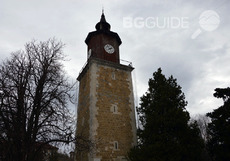
Един от символите на крайдунавския Свищов – Часовниковата кула, краси центъра му вече близо три столетия.
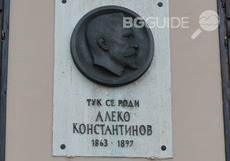
Родният дом на големия български писател и общественик Алеко Константинов днес е превърнат в музей.
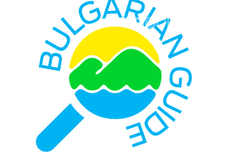
На 3 км източно от Свищов в посока Русе се намира най-добре проученият военен лагер в границите на някогашната Римска империя.
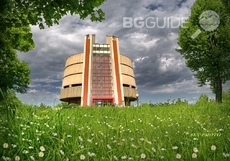
Уникалният за Балканите паметник е изграден през 1977 г. по повод 100-годишнината от освобождението на гр. Плевен от османско владичество.

В северната част на Свищов, на хълм, издигащ се над тихия Дунав стоят останките от средновековната крепост „Калето“.

Забравената готска столица

Забележителен храм, дело на Кольо Фичето

В къщата на Смоляновия род се намира скривалище на Васил Левски и паметна плоча на епископ Филип Станиславов

Най-старият храм в Свищов – църквата „Свети Димитър Солунски“ продължава да привлича хиляди ежегодно за молитва, но и за туризъм.
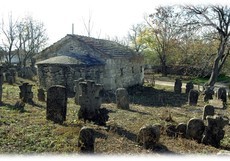
В църковният двор има „гора” от кръстове, подобни и еднакви с тези от 450-те паметни знаци в некропола, който се намира на разстояние 50-100 м на юг от църквата.
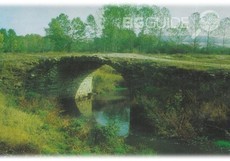
Мостът е строен по време на завладяването на нашите земи от Римската империя, намиращ се до важния римски път „Via Singiduno usque ad Conctantinopolim per piram Danubii”, свързващ Константинопол с Дунав.
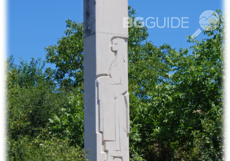
На това място (Каменов мост) на 21 ноември 1877 година се разиграва решителната битка между турската войска и руско-румънските отряди, командвани от генерал Майендорф и полковник Слъничану, която донася освобождението на Оряхово, Козлодуй и тогавашното село Букьовци, сега град Мизия.